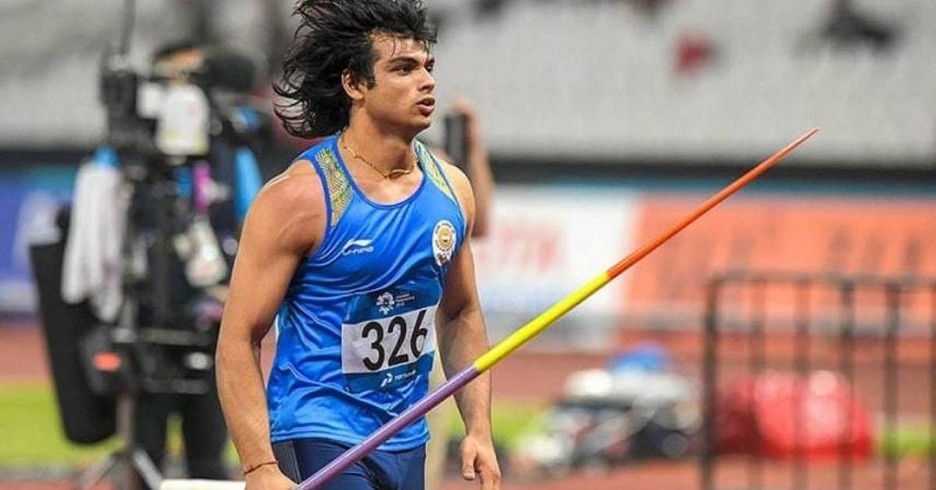A farmer’s son from Khandra village near Panipat in Haryana who took up athletics to shed flab, Chopra scripted history by winning the elusive medal, which the likes of late Milkha Singh and P T Usha let it slip from their grasp in 1964 and 1984 editions.
Javelin thrower Neeraj Chopra bagged the gold medal at the Tokyo Olympics, ending India’s 100-year wait for an elusive athletics medal at the world’s top sporting stage.
A pre-tournament medal contender, the 23-year-old Chopra had fuelled country’s expectations by topping the qualification round with a stunning first round throw of 86.59m.
Chopra’s medal is only India’s second ever individual gold at the Olympics, the first coming in 2008 via Abhinav Bindra’s 10-meter air rifle victory.
Three track and field athletes were part of the five-member Indian team at the 1920 Olympics in Antwerp, Belgium — the other two being wrestlers. Since then, no Indian had won a medal in athletics.
The International Olympic Committee still credits Norman Pritchard‘s 200m and 200m hurdles silver medals in the 1900 Paris Olympics to India, though various research – including the records of then IAAF (now World Athletics) – showed that he had competed for Great Britain.
A farmer’s son from Khandra village near Panipat in Haryana who took up athletics to shed flab, Chopra scripted history by winning the elusive medal, which the likes of late Milkha Singh and P T Usha let it slip from their grasp in 1964 and 1984 editions.
Chopra’s performance on Saturday was one of the best performances by an Indian in the Olympics, as he finished ahead of gold medal favourite and 2017 world champion Johannes Vetter of Germany.


